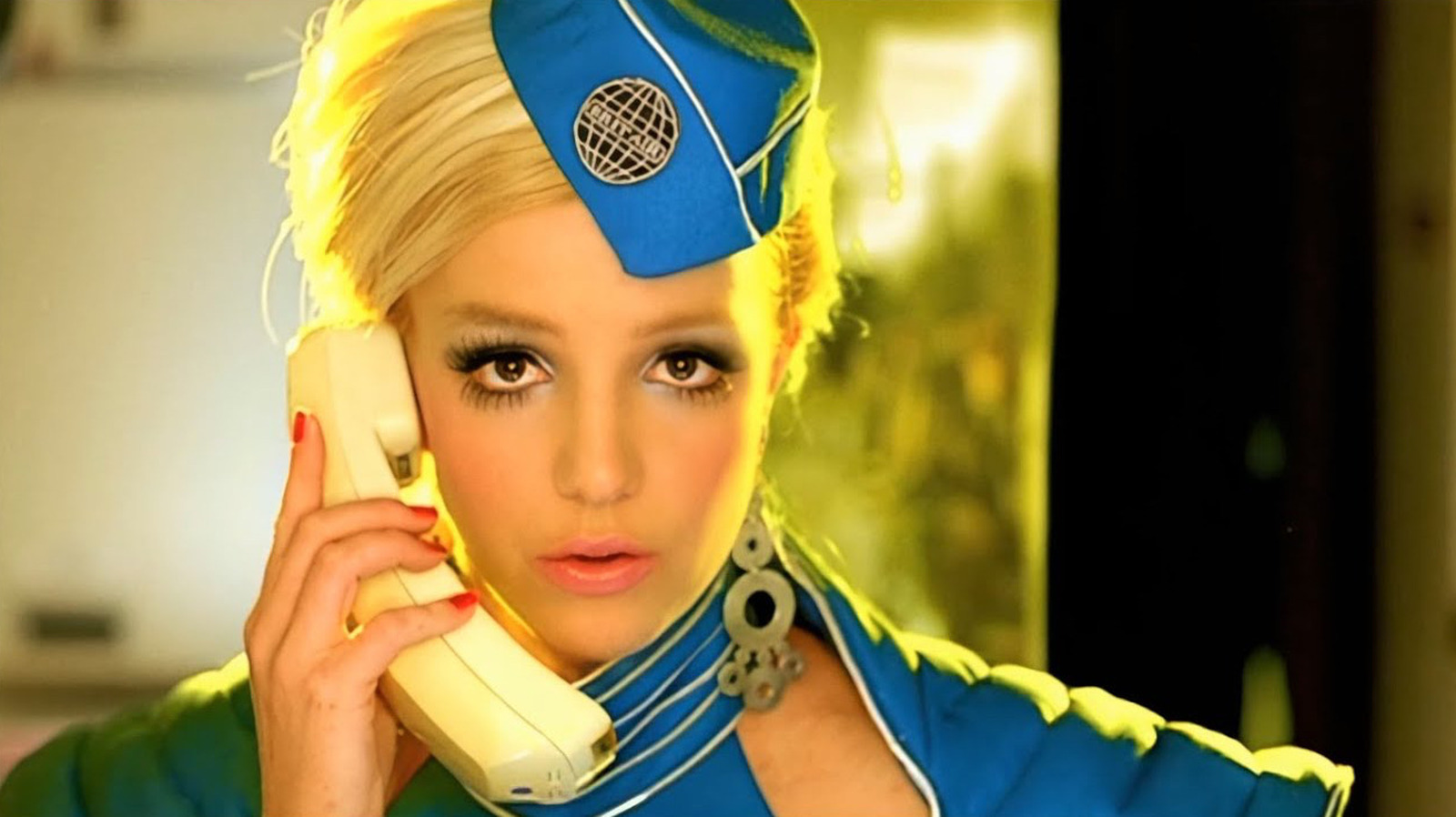Useful information
Prime News delivers timely, accurate news and insights on global events, politics, business, and technology
Useful information
Prime News delivers timely, accurate news and insights on global events, politics, business, and technology

On August 1, 1981, a new cable television station calling itself MTV (which stood for Music TeleVision) debuted, playing its first music video: “Video Killed the Radio Star” by The Buggles. The cheeky song choice proved downright prophetic, as did the network’s ID animation showing an astronaut planting an MTV flag on the moon. Over the next 20 years, the channel came to dominate pop culture and heavily influence the music industry. The concept of MTV seemed unique at the time, but in retrospect, it seems just natural. It eschewed the live performances that musicians had been doing as part of variety shows since the days of Ed Sullivan and instead played tracks from the artists’ studio-recorded albums along with visual accompaniment. The executive behind the network, Robert W. Pittman, had already tried the format in the late 1970s with a local show in New York titled “Album Tracks,” as had former Monkees member Michael Nesmith with a series called “PopClips” (which only lasted one season in 1980).
However, MTV ended up going far beyond the simple idea of catering to young people by essentially turning radio into television. It became a creative breeding ground for everything from new and established musicians to emerging filmmakers, and even pioneered some television trends of its own. 44 years later, MTV is closing all of its music video channels across Europe, leaving only the flagship channel broadcasting (according to the bbc). The main channel barely plays videos these days, having abandoned them in favor of reality shows a long time ago. Given that the same thing has happened to the channel nationwide, you can truly say that MTV, as it once was, is officially dead… and there’s no doubt that pop culture is worse off for its loss.
Without a doubt, MTV had a lot of problems. He contributed to the birth of the reality show with “The Real World”, reinforced bad stereotypes with “16 and Pregnant” and had many problems with censorship and discrimination by omission. Even when the network pretended to be egalitarian (see: the cultural farce that was “Total Request Live”), it was really only serving the status quo. At its best, however, the channel managed to be impressively diverse and inventive, if only because of a 24-hour broadcast window that demanded constant programming. It’s important to note that the station’s main innovation, the music video, is no small feat in itself. What we take for granted today as standard practice is largely because MTV made the music video an institution, allowing it to become an important part of the artistic ecosystem.
When it comes to diversifying and expanding your artistic knowledge, there has never been a one-stop shop, but channels like MTV (again, in its heyday) provided a great starting point. In addition to introducing the masses to artists they may have never heard of, the station allowed established names like Michael Jackson, Madonna, and Weird Al Yankovic to experiment with the format and their own image. The sheer visibility of music videos as a medium also attracted big-name filmmakers and promising talents behind the camera. In addition to people like Ridley Scott, William Friedkin, and Paul Thomas Anderson directing music videos, the medium launched the careers of great directors like Spike Jonze, David Fincher, Michel Gondry, Russell Mulcahy, and the Daniels. While music videos are still a way for an emerging artist to experiment and get work, their relatively small visibility means they are no longer as viable a way to get ahead.
At first glance, it seems strange to lament the demise of MTV, given that the entire universe of music videos, old and new, is within our reach. This is a blessing in a general sense. (Stay in the background, Carson Daly; now I can play that Pulp video whenever I want!) Yet the absence of curation and the erosion of experience plague every aspect of art today. Algorithms only feed us things connected to what we are already seeing or hearing. The element of discovery has almost disappeared. The old avenues of radio and television have also been cut off due to their control by corporate interests, while the algorithms of YouTube, Spotify and the like simply keep you in the same bubble. Choice is a powerful thing, but everyone has their limits and having complete control over your consumption can keep you in the dark.
This has caused immeasurable damage to the music industry, which previously thrived on exposure and availability. Never mind the attention MTV gave to animation (with “Liquid Television” and “Beavis & Butthead” becoming defining works in that medium); Now, everyday musicians have to fight to be heard and seen, literally, with social media being their last resort. Sure, you can self-release an album on Apple Music or upload a video to YouTube, but will anyone know it’s there? The powers that be have decided they can make billions by overpricing concert tickets and selling 12 different limited editions of the same megastar’s album. For those of us who watch music on television to see and hear something new, it’s enough to make us cry: “I want my MTV!” Maybe someday, in the depths of space, that Moonman will hear us.